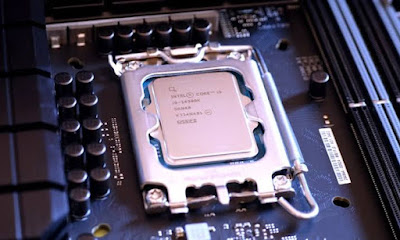YouTube revealed in a community post on Thursday that it is developing new plans for its YouTube Premium subscriptions. A YouTube staff member using under the handle Hazel wrote, "We're committed to bringing members more plan options by expanding our existing offers to more regions, while also introducing new plans and exploring ways for you to share your benefits with friends in the future."
There are just a few YouTube Premium plans available right now: Student for $7.99 per month, Family for $22.99 per month, and Individual for $13.99 per month (or $139.99 for a 12-month subscription). Benefits from subscribing include access to the YouTube Music library without advertisements, ad-free viewing of videos, and the option to download videos for offline viewing. YouTube did not immediately respond to a request for comment, and Thursday's post did not describe what any of the new plans may look like or what benefits you might be able to share.
Both the community article and the independent blog post describe the additional capabilities that YouTube is rolling out for Premium users. The recently released "jump ahead" feature driven by AI will make its way to iOS "in the next few weeks." Picture-in-picture viewing of YouTube Shorts on Android will be possible for Premium members (a functionality that is already available on TikTok).
A few experiments will also be available to premium subscribers to choose from, such as batch downloading of Shorts to your phone for offline viewing, a conversational AI assistant (which the company is reintroducing after a previous test), and a redesign of the watch page on desktop.












































